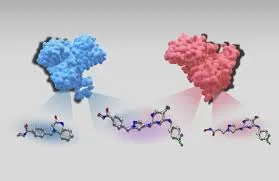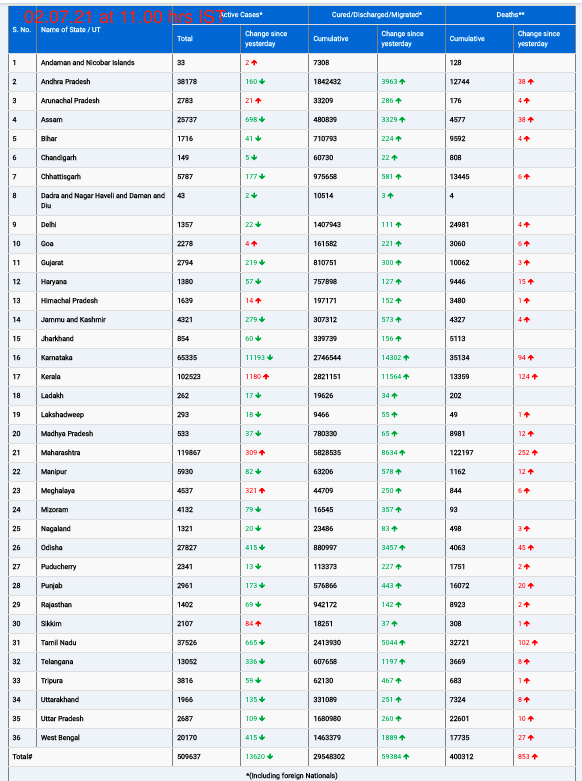Bonn, Germany – In a groundbreaking study, researchers at the University of Bonn have unveiled an innovative AI-driven model that could significantly advance pharmaceutical research. Dubbed a “chemical language model,” this AI functions similarly to ChatGPT but specializes in predicting potential active ingredients with unique properties, particularly those that can bind to multiple target proteins simultaneously. This advancement has been detailed in a recent publication in Cell Reports Physical Science.
Just as ChatGPT can generate a heartfelt poem or sonnet in seconds, this new chemical model can display the structural formulas of chemical compounds capable of dual-target activity. Such compounds are highly coveted in drug development due to their ability to inhibit multiple enzymes at once, which may enhance therapeutic efficacy—especially in complex conditions like cancer.
The Quest for Dual-Target Compounds
“In pharmaceutical research, active compounds with dual effects are highly desirable due to their polypharmacology,” explains Prof. Dr. Jürgen Bajorath, head of the AI in Life Sciences area at the Lamarr Institute for Machine Learning and Artificial Intelligence at the University of Bonn. He emphasizes that these multi-target compounds can influence several intracellular processes and signaling pathways simultaneously, making them potentially more effective than single-target drugs.
Traditionally, the co-administration of different drugs has been used to achieve similar effects. However, this approach poses risks of unwanted drug interactions and varied metabolic rates, complicating simultaneous administration. Consequently, identifying a molecule that can specifically exert a dual effect is a complex challenge.
AI’s Learning Mechanism
The researchers’ chemical language model operates by ingesting structured data, akin to how ChatGPT learns from vast textual datasets. The team trained their model using over 70,000 pairs of SMILES strings—sequences that describe organic molecules. Each pair consisted of one string representing a compound targeting a single protein and another representing a compound that influenced both a primary target and a secondary one.
Sanjana Srinivasan from Bajorath’s research group notes that this training enabled the model to acquire implicit knowledge about the differences between standard active compounds and those with dual effects. When presented with a compound targeting a specific protein, the AI was able to suggest additional molecules that would also act on another target.
Fine-Tuning for Broader Applications
To broaden the model’s applicability, the researchers performed a fine-tuning phase using specialized training pairs, instructing the AI to target various classes of proteins. This process is likened to guiding ChatGPT to craft a limerick instead of a sonnet.
Post fine-tuning, the model demonstrated its capabilities by accurately suggesting molecules known to target the desired combinations of proteins. Prof. Bajorath expressed enthusiasm about the model’s potential, emphasizing that its real strength lies not just in discovering new compounds that outperform existing drugs, but in its ability to propose unconventional chemical structures that may inspire innovative design hypotheses and novel therapeutic approaches.
As the pharmaceutical industry continues to seek more effective treatment strategies, the development of this ‘chemical ChatGPT’ marks a significant step forward, potentially transforming the landscape of drug discovery and development.











